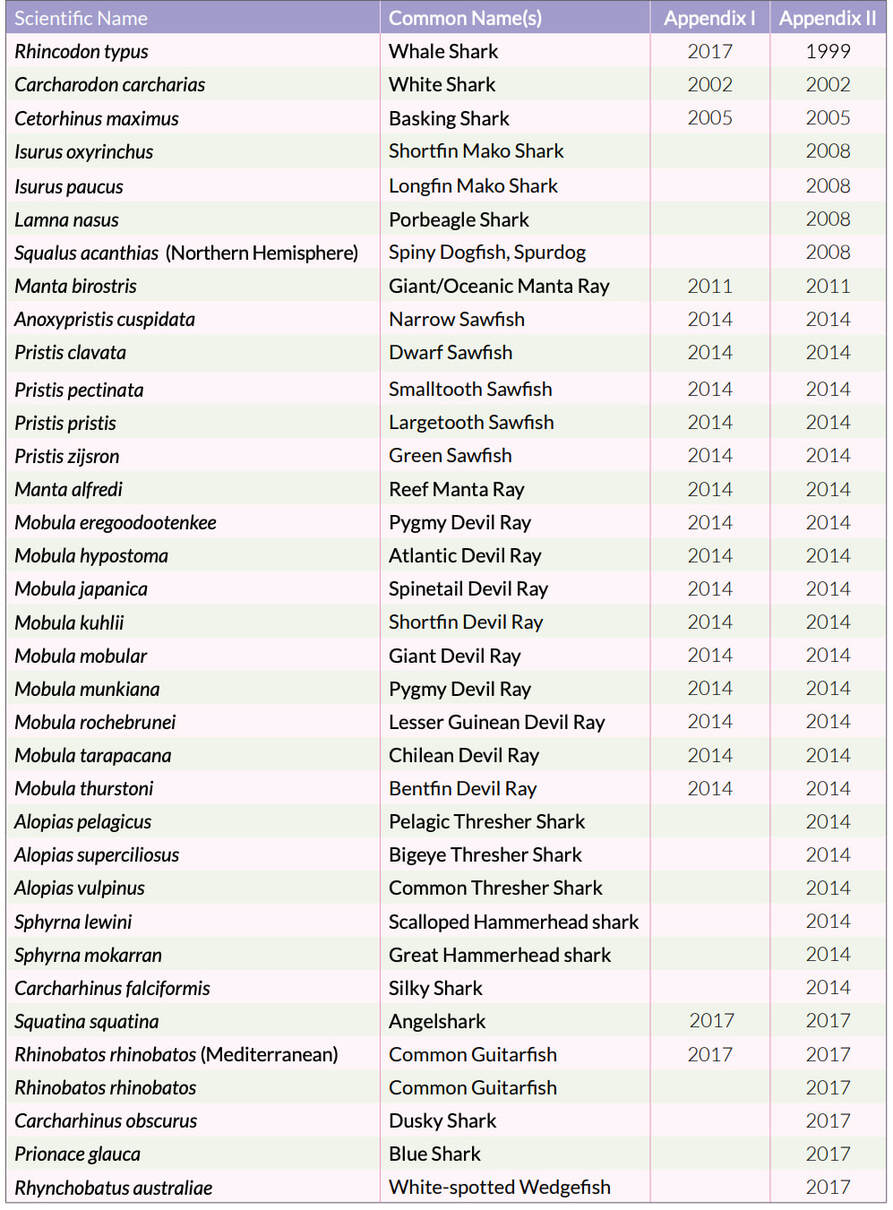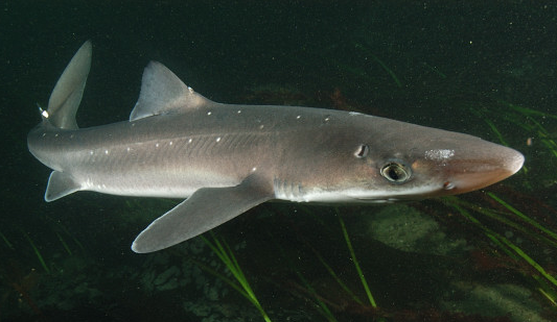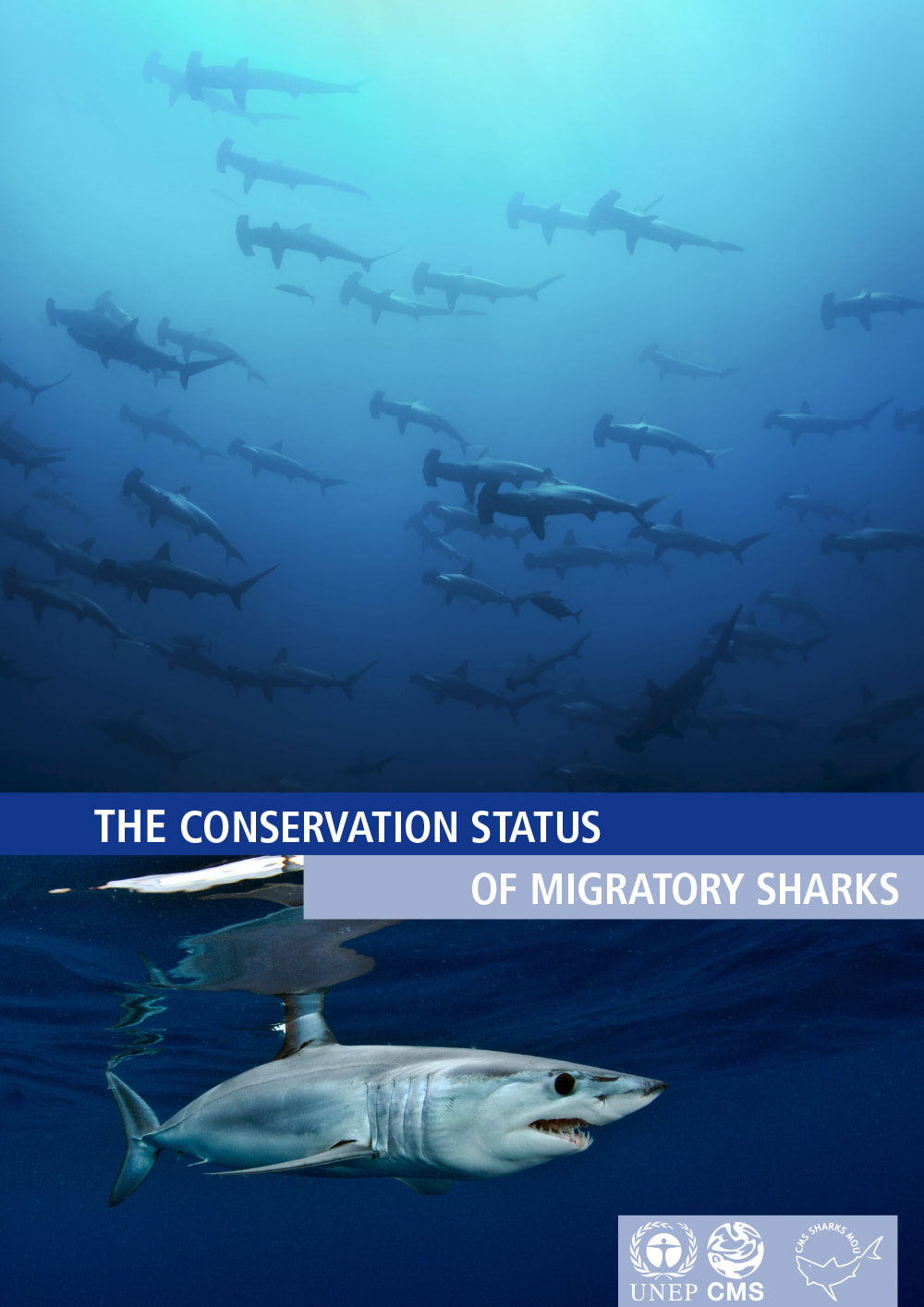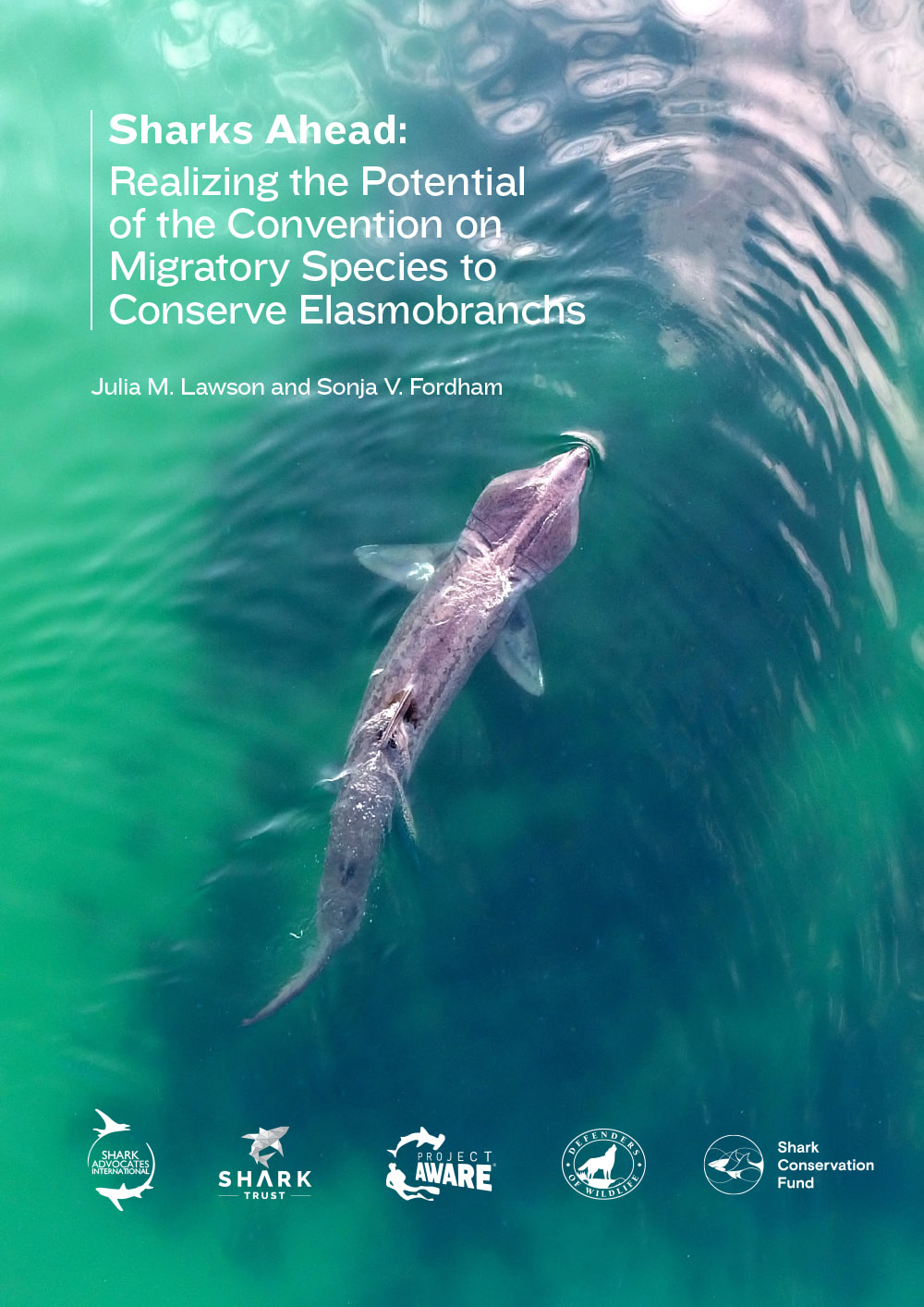|
The Convention on the Conservation of Migratory Species of Wild Animals (CMS) is an United Nations Environment Programme treaty that provides a global platform for the conservation and sustainable use of migratory animals and their habitats. By bringing together the range states through which migratory animals pass, CMS provides a legal foundation for coordinated conservation measures throughout a global migratory range.
|
Appendix I & II of CMS
CMS has two Appendices. These appendices list migratory species to which the Convention applies. The text of the Convention defines the basic obligations of the Contracting Parties towards species listed on Appendix I and Appendix II. These obligations are quite distinct for the two Appendices, and a migratory species can be listed in both Appendices at the same time, if the circumstances so warrant.
Appendix I – Endangered migratory species
Appendix I comprises migratory species that have been assessed as being in danger of extinction throughout all or a significant portion of their range. The Conference of the Parties has further interpreted the term “endangered” as meaning “facing a very high risk of extinction in the wild in the near future”. Parties that are a Range State to a migratory species listed in Appendix I shall endeavour to strictly protect them by:
- prohibiting the taking of such species, with very restricted scope for exceptions;
- conserving and where appropriate restoring their habitats;
- preventing, removing or mitigating obstacles to their migration and controlling other factors that might endanger them.
Appendix II - Migratory species conserved through Agreements
Appendix II covers migratory species that have an unfavourable conservation status and that require international agreements for their conservation and management, as well as those that have a conservation status which would significantly benefit from the international cooperation that could be achieved by an international agreement. The Convention encourages the Range States to species listed on Appendix II to conclude global or regional Agreements for the conservation and management of individual species or groups of related species.
In this respect, CMS acts as a framework convention from which separate instruments evolve. The Agreements may vary from legally binding treaties (the Agreements in the proper sense) to less formal instruments, such as Memoranda of Understanding, Action Plans or Species Initiatives, covering to the extent possible the entire migratory range of the species concerned. The development of instruments tailored according to the conservation needs of species and adapted to the requirements of particular regions is a unique capacity of CMS.
In this respect, CMS acts as a framework convention from which separate instruments evolve. The Agreements may vary from legally binding treaties (the Agreements in the proper sense) to less formal instruments, such as Memoranda of Understanding, Action Plans or Species Initiatives, covering to the extent possible the entire migratory range of the species concerned. The development of instruments tailored according to the conservation needs of species and adapted to the requirements of particular regions is a unique capacity of CMS.

Shark and ray species included on CMS Appendices I and/or II by year of listing.
Reference: Julia M. Lawson and Sonja V. Fordham. Sharks Ahead: Realizing the Potential
of the Convention on Migratory Species to Conserve Elasmobranchs. Shark
Advocates International, The Ocean Foundation, Washington, DC, USA. 76 pp.
CMS Sharks Memorandum of Understanding (MOU)
The CMS Sharks Memorandum of Understanding (MOU) was concluded under the umbrella of CMS in Manila in 2010, and aims to conserve and sustain migratory shark species. This MOU aims to maintain a favourable conservation status for migratory sharks taking into account the socioeconomic value of these species for the people in various countries. When the MOU was opened for signature in Manila on 12 February 2010 it included seven migratory species on Annex I - Whale Shark (Rhincodon typus), Basking Shark (Cetorhinus maximus), Great White Shark (Carcharodon carcharias), Shortfin Mako Shark (Isurus oxyrinchus), Longfin Mako Shark (Isurus paucus), Porbeagle (Lamna nasus), and Spiny Dogfish (Squalus acanthias; Northern Hemisphere populations).
|
As of February 2016 the MOU had 40 Signatories: Australia, Belgium, Chile, Colombia, Comoros, Congo, Costa Rica, Denmark, Egypt, the European Union, Germany, Ghana, Guinea, Italy, Jordan, Kenya, Liberia, Libya, Mauritania, Monaco, Nauru, the Netherlands, New Zealand, Palau, Philippines, Portugal, Romania, Samoa, Senegal, South Africa, Sudan, Sweden, Syria, Togo, Tuvalu, the United Arab Emirates, the United Kingdom, the United States of America, Vanuatu, and Yemen.
|
Signatories have the opportunity to help shape the policy direction of the Memorandum and adapt it to the needs of their shark population. In 2012 a Conservation Plan was adopted by the Signatories whose implementation forms the basis of the ongoing work under the MOU. It requires the cooperation among governments, fishing industries, NGOs, local communities and scientists. The five main objectives of the Conservation Plan are to protect sharks and their habitats, ensure sustainable fisheries, increase awareness-raising, improve scientific knowledge, and enhance national and international cooperation. A favourable conservation status is achieved when the abundance and structure of populations of migratory sharks remains at levels adequate to maintain ecosystem integrity. A major challenge facing Signatories will be the unregulated shark fin trade and its implications for the sustainable management of shark fisheries in order to maintain people’s livelihoods as well as healthy ecological networks.
During the Shark MOU Second Meeting of the Signatories (MOS2), which took place in February 2016, an additional 22 shark and ray species were added to Annex I of the Convention. These species include: the Reef Manta Ray (Manta alfredi), Giant Manta Ray (Manta birostris), Giant Devil Ray (Mobula mobular), Spinetail Devil Ray (Mobula japanica), Bentfin Devil Ray (Mobula thurstoni), Chilean Devil Ray (Mobula tarapacana), Pygmy Devil Ray (Mobula eregoodootenkee), Shortfin Devil Ray (Mobula kuhlii), Atlantic Devil Ray (Mobula hypostoma), Lesser Guinean Devil Ray (Mobula rochebrunei), Smoothtail Mobula (Mobula munkiana), Narrow Sawfish (Anoxypristis cuspidata), Dwarf Sawfish (Pristis clavata), Smalltooth Sawfish (Pristis pectinata), Green Sawfish (Pristis zijsron), Largetooth Sawfish (Pristis pristis), Scalloped Hammerhead (Sphyrna lewini), Great Hammerhead (Sphyrna mokarran), Bigeye Thresher Shark (Alopias superciliousus), Common Thresher Shark (Alopias vulpinus), Pelagic Thresher Shark (Alopias pelagicus), and Silky Shark (Carcharhinus falciformis).
More information regarding the CMS Sharks MoU
More information regarding the CMS Sharks MoU
More information
|
Sharks Ahead: Realizing the Potential of the Convention on Migratory Species to Conserve Elasmobranchs
Julia M. Lawson and Sonja V. Fordham (2018). Sharks Ahead: Realizing the Potential of the Convention on Migratory Species to Conserve Elasmobranchs. Shark Advocates International, The Ocean Foundation, Washington, DC, USA. 76 pp. |





